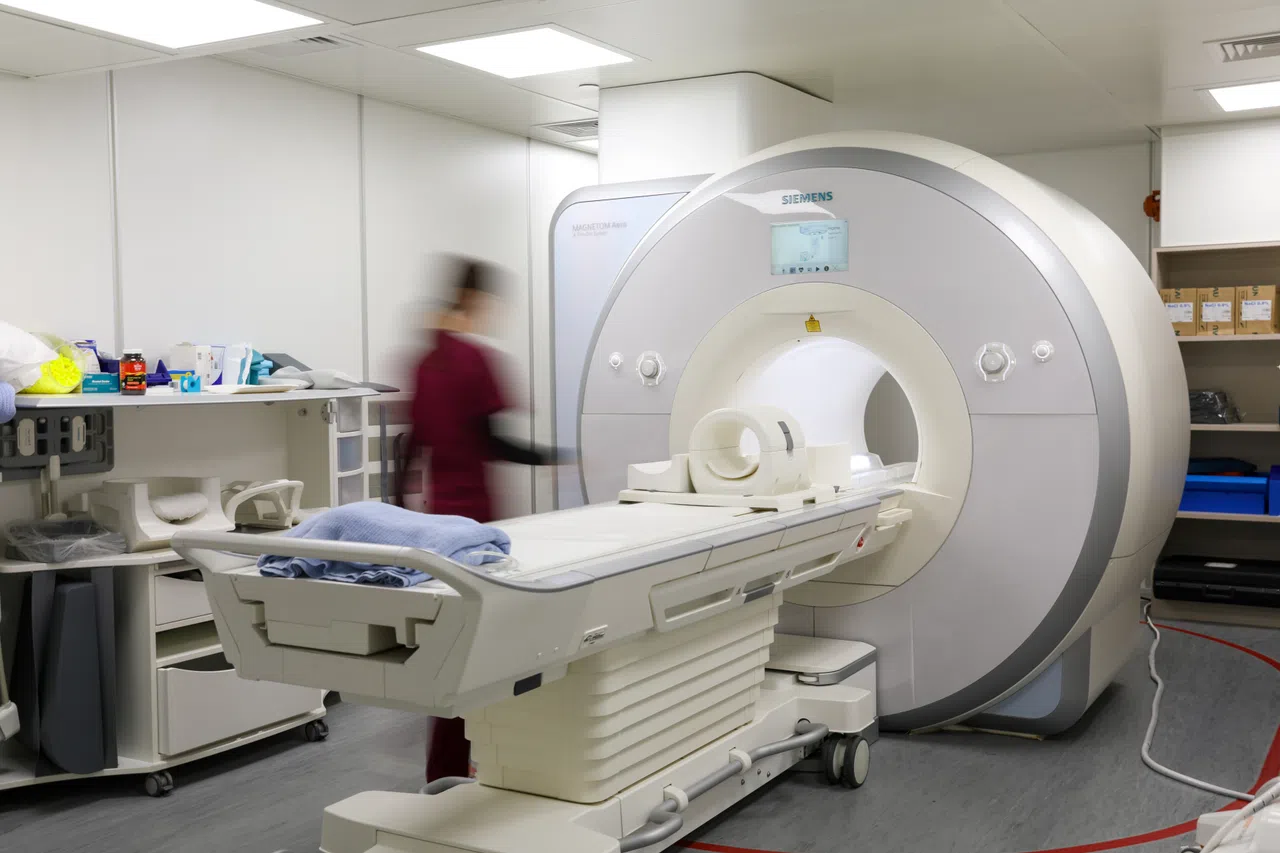SINGAPORE’S government is partnering a consortium formed by ExxonMobil and Shell to study the feasibility of a cross-border carbon capture and storage (CCS) project, with the aim of starting the project by 2030, said Second Minister for Trade and Industry Tan See Leng in Parliament on Friday (Mar 1).
CCS involves capturing, transporting and storing carbon dioxide so that it is not released into the atmosphere.
The new partnership involves evaluating the technical and economic feasibility of aggregating carbon dioxide (CO2) emissions in Singapore, and collaborating with regional partners to study potential CO2 storage sites.
“We are keen to work with like-minded partners to make cross-border CCS projects a reality and realise the potential of our entire region as a CCS hub,” said Dr Tan in his ministry’s Committee of Supply debate. He noted that under a recently signed Letter of Intent, Singapore and Indonesia will set up a workgroup for CCS cooperation.
In a joint media statement, ExxonMobil and Shell said the aim is to plan and develop a CCS project that can capture and permanently store at least 2.5 million tons of CO2 a year. These emissions will be stored deep underground or under the seabed.
The consortium, S Hub, will be the lead developer. It will work with the government to study the feasibility of a cross-border project from Singapore, including working with potential service providers to study how their solutions could form part of the CCS value chain, said the Ministry of Trade and Industry (MTI) in a release.
The ministry will also engage local emitters to discuss their participation in the project.
CCS is one of the new decarbonisation pathways in which Singapore is investing. Low-carbon energy alternatives are another, with Dr Tan noting that investments in such research and development can expand the range of technological solutions suited for Singapore.
In the second phase of the Low Carbon Energy Research Programme, S$55 million has been awarded to support 16 projects: six under the Directed Hydrogen Programme (DHP), and 10 under the Emerging Technology Grant Call (ETGC).
About S$43 million will go to DHP projects in three areas: hydrogen and ammonia safety and regulatory standards; ammonia cracking and utilisation; and hydrogen transport and distribution.
If these projects are successful, hydrogren-related technologies could become technically viable and commercially scalable sooner, MTI said.
The remaining S$12 million or so will go to ETGC projects, which will support research in low concentration carbon capture, advanced catalysts for ammonia cracking, and coatings for hydrogen pipeline.







